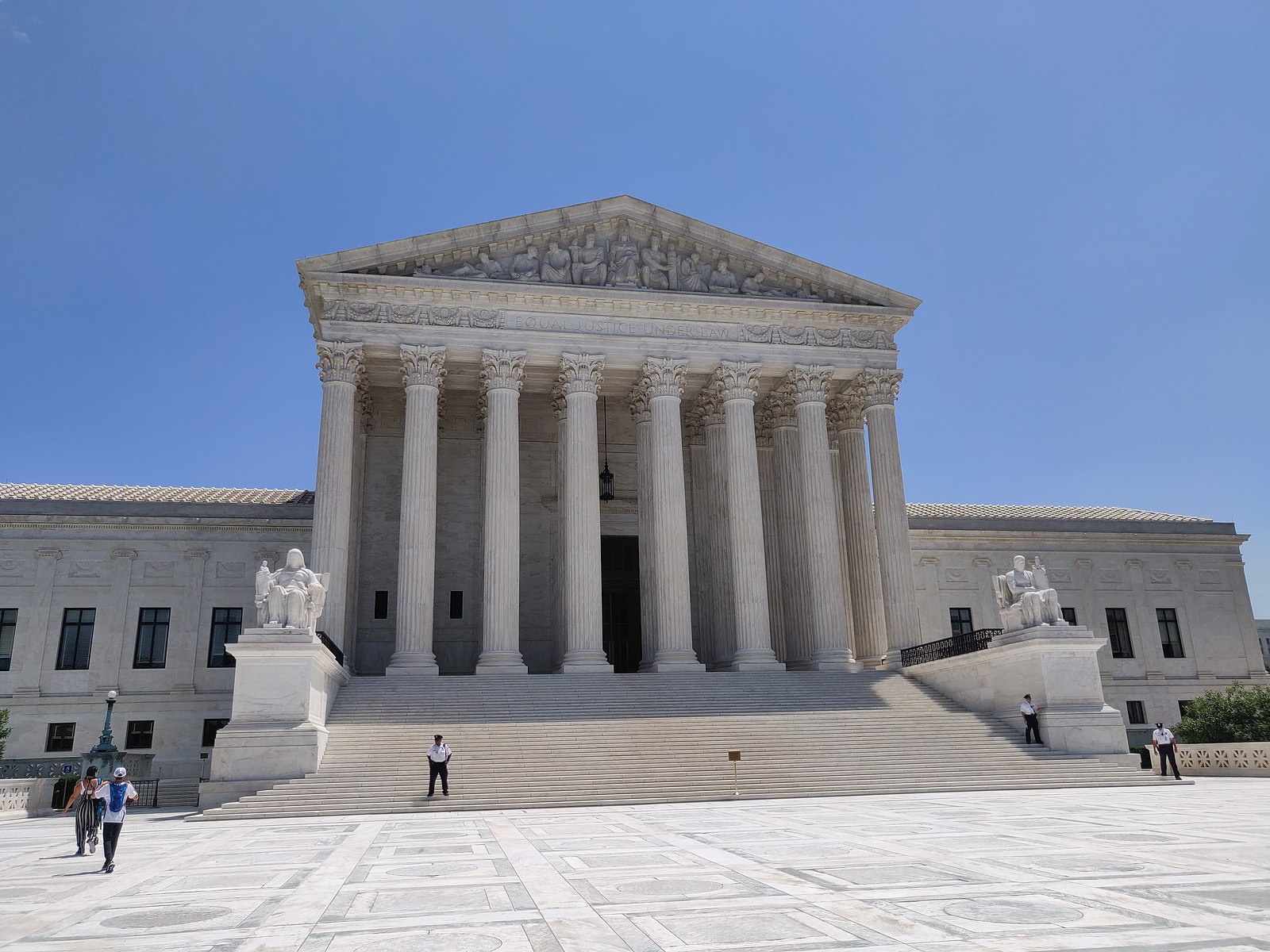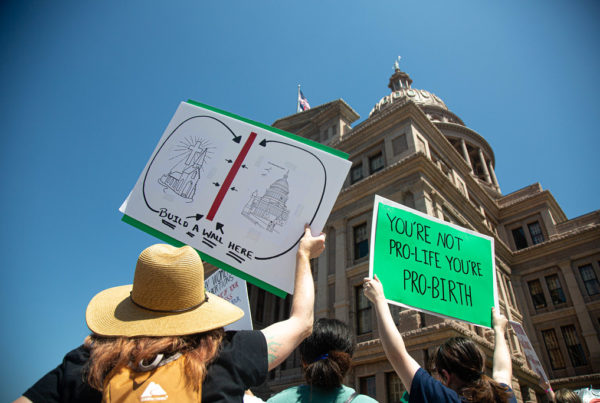Two Supreme Court rulings concerning religious freedoms have sounded alarms among supporters of the separation between church and state, who say the decisions made by the 6-3 conservative majority erode the walls separating religion from government.
This week, the Supreme Court ruled that a Washington state high school football coach’s post-game prayer on the 50-yard line was protected under the First Amendment. Texas Lt. Gov. Dan Patrick called the decision a “great victory for Americans of all faiths.”
The Supreme Court also endorsed the use of taxpayer money to allow students to attend religious schools under a Maine tuition assistance program.
Steven Collis, director of the Law and Religion Clinic with the University of Texas Austin’s School of Law, spoke with the Texas Standard about the significance of these rulings. Listen to the interview above or read the transcript below.
This transcript has been edited lightly for clarity:
Texas Standard: Taken together, how significant are these two decisions, as you see it?
Steven Collis: They’re significant, but they’re not nearly as significant as people are making them. They represent somewhat of an incremental shift in the law, but I don’t think nearly as dramatic as what people are often saying.
Let’s talk about the Maine tuition assistance program. A lot of commentators were saying in the aftermath of this that it went a long way for clearing a path for Texas advocates of voucher programs and those vouchers running to religious schools. Does it do that?
It may well do that. This has been something that has been debated for a long time about how government money can go to religion. And it’s never been clear. The Supreme Court has never been clear on it.
For the longest time, the Supreme Court has said it is okay for states to send money to religious schools through something like a voucher program. The difference now is it seems as if the Supreme Court has said it’s not just okay, but that if you’re going to have some kind of a voucher program, then you’re required to also allow that money to go to religious schools. But of course, states could choose just not to have the voucher programs.
I want to turn our focus to the case of the Washington state high school football coach. I think a lot of people can imagine that some of the players may feel obligated to pray with their coach given the power dynamic there. How is the court drawing the line between the difference between private prayer and coerced prayer?
Yeah, there’s tremendous confusion about that case. So, that coach, at one point, had engaged in all sorts of behavior that was clearly unconstitutional. He was leading the team in prayer; he was giving religious-laden speeches; he was inviting players to pray with him. When the school district called him out on all that, he agreed to abandon all of that behavior.
The case that went to the Supreme Court was his request to be able to pray by himself and give a brief, quiet prayer at the 50-yard line. So, what they’ve said is a coach can give a brief, quiet prayer by himself at the 50-yard line. I think it is overblown to say that the Supreme Court has overruled all of its previous case law on school prayer. And I think if you had school teachers tomorrow trying to lead students in prayer, I think they would lose, and I think they would lose even with the majority of the Supreme Court as it stands right now.
Let’s pull back for just a moment. A lot of people see these two cases together as eroding what’s often referred to as the wall of separation between church and state. Is that what’s happening here?
I don’t know. I mean, I think that’s the rhetoric of the day that often gets repeated far too much. The reality is, that wall has never been clear. The Supreme Court has struggled for 200 years to really define exactly where the law is and how it should work. And these cases are one more iteration of the Supreme Court trying to figure it out.
I do think as far as the Washington prayer case goes, the case was confusing because of all the behavior that the coach had engaged in and abandoned. But at the end of the day, what the court said is, he can pray by himself on the 50-yard line. I’m not sure that really erodes the wall between separation of church and state as much as people are worried it might.















